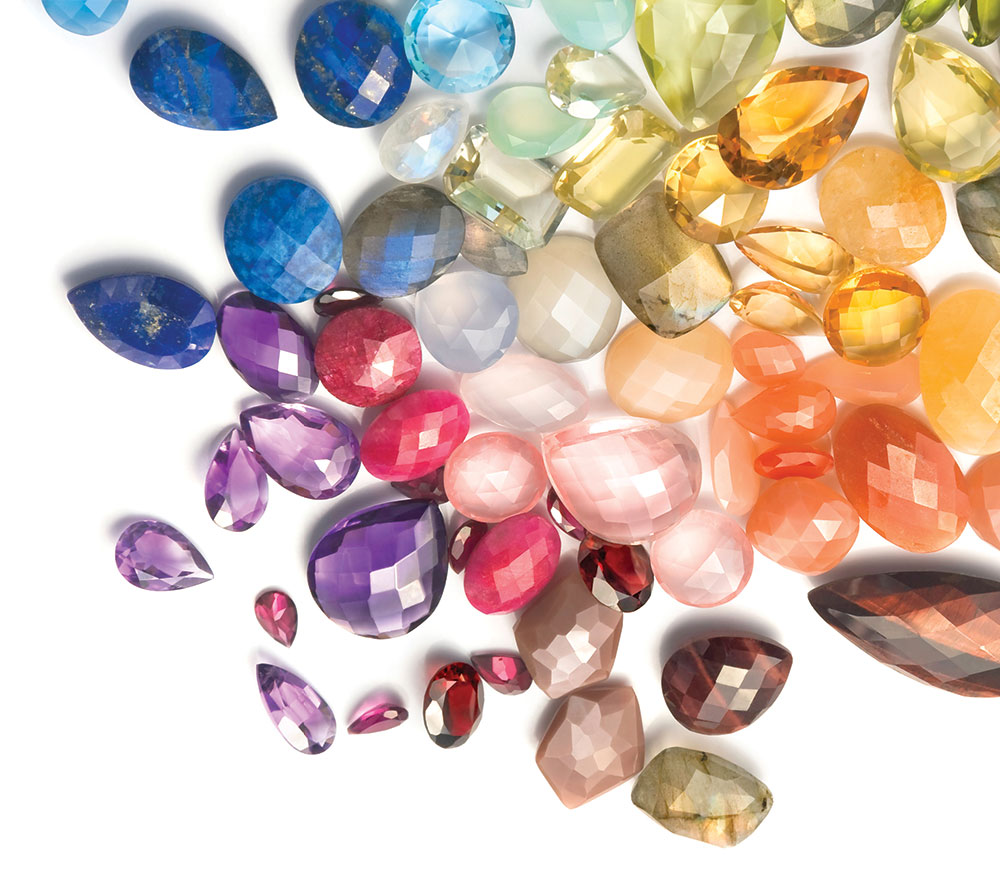
You are probably aware that birthdays are linked to astrological signs, but did you know that your birth month is also associated with a particular gemstone?
Throughout history, royalty and well-heeled folks have adorned themselves with glittery gems of various shades, and it’s not just because the baubles were status symbols and beautiful to behold. Folklore has led many to believe that we could receive health benefits, good luck and protective powers from certain gemstones and minerals, especially if we wear our birthstone — the gemstone that corresponds with our birth month.
Multifaceted beginnings
Some experts believe that the concept of birthstones has biblical origins — when Moses ordered special garments to be made for Aaron, the high priest of the Hebrews, he wanted the breastplate to be studded with 12 different gemstones to represent the 12 tribes of Israel.
Then, in the first century, people began to associate these stones with the 12 signs of the zodiac. They ascribed specific powers to the gemstones if they were worn during their corresponding astrological periods. However, this meant that people had to purchase 12 gems — one for each month!
Around the 18th century, Jewish gem traders in Poland introduced the idea of linking gemstones to birth months. This meant that one only needed to wear a single birthstone throughout the year.
In 1912, the National Association of Jewelers in the United States came up with a standard set of birthstones (see sidebar), which is followed by most Western jewellers.
WHAT’S YOUR BIRTHSTONE?
January: Garnet
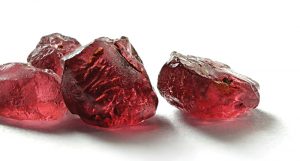
The deep reddish-brown garnet was used in jewellery dating back to ancient Egypt, Rome and Greece, as well as Europe during the Middle Ages. Travellers prized it as a protective talisman for their journeys.
Uses: Linked to the heart, blood and lungs, the garnet is said to foster romantic love, passion and intimacy.
Symbolism: Trust and friendship.
February: Amethyst
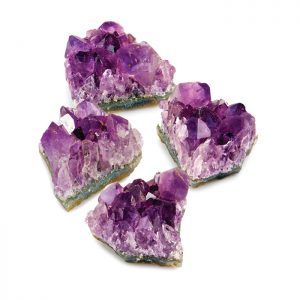
Gorgeously purple- and violet-hued, the amethyst was Catherine the Great’s favourite gemstone. It was also used in the pendants and crowns of ancient Egyptian nobility.
Uses: Said to impart a sense of peace to the wearer; supposedly alleviates symptoms of anxiety, insomnia and mood disorders.
Symbolism: Sincerity, spirituality and contentment.
March: Aquamarine
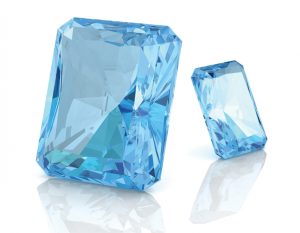
With a name that means “sea” and “water” in Latin, aquamarine was used by sailors to ward off hazards at sea. The durable stone lends itself to delicate settings in jewellery.
Uses: Improves mental clarity and calms nerves.
Symbolism: Beauty, honesty and loyalty.
April: Diamond
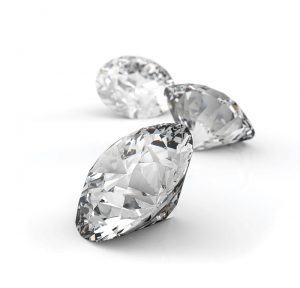
A symbol of enduring love, diamonds are de rigueur in engagement and wedding rings. Besides the popular colourless variety, pink and canary-yellow diamonds have sparkled in celebrity engagement rings in recent years.
Uses: Linked to the brain and pituitary glands in the Middle Ages; some still believe they can influence one’s clarity and balance.
Symbolism: Love, marriage and courage.
May: Emerald
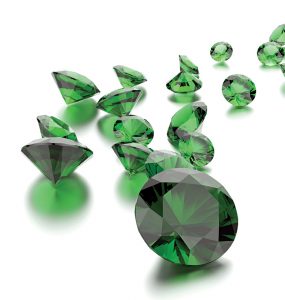
This exquisite gem was adored by many ancient rulers, including Cleopatra and the Moghuls of India. Today, the best emeralds come from Colombia, where traces of chromium lend the stones a pure and vivid green.
Uses: Promotes foresight and invites good fortune.
Symbolism: Faith, wisdom, growth and rebirth.
June: Pearl
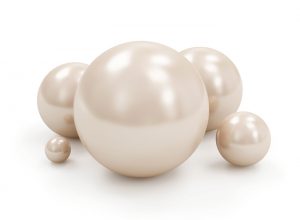
Unlike the other birthstones that are mined, pearls are organic gemstones because they form naturally in oysters. Coveted for their elegance and lustre, natural saltwater pearls are worth much more than their freshwater and cultured counterparts.
Uses: Brings positivity and happiness to those who wear them.
Symbolism: Purity, love, success and happiness.
July: Ruby
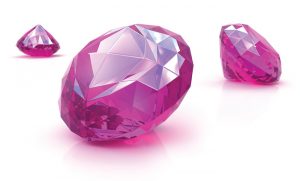
This striking red gem was linked to royalty through the centuries. It was revered by ancient Hindus, who believed it to be imbued with sacred powers. Today, some of the most beautiful stones come from Myanmar.
Uses: Invites harmony to the life of the wearer.
Symbolism: Love, passion, wealth and peace.
August: Peridot
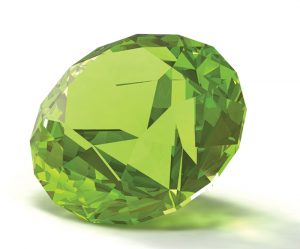
This light green semi-precious stone is one of the few gems that are not treated for colour. Swashbuckling pirates of old wore peridot rings to protect themselves against danger and evil.
Uses: Improves energy levels and strengthens the immune system.
Symbolism: Strength.
September: Sapphire
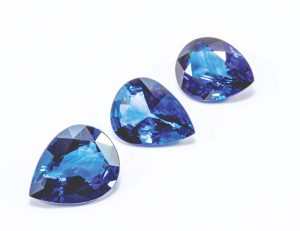
A traditional favourite among royalty and priests, the sapphire made headlines again when Prince William proposed to Kate Middleton with his mother’s diamond-encrusted, dark blue sapphire engagement ring.
Uses: Promotes creative expression and inner peace.
Symbolism: Faith, purity, wisdom and loyalty.
October: Opal
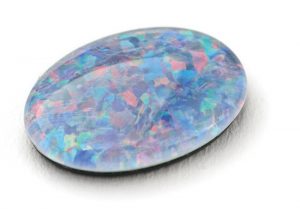
These colourful stones are availble in many shades, including white, black and transparent with coloured flecks. Its value ranges widely as well, according to a unique grading system.
Uses: Improves memory andalleviates PMS.
Symbolism: Confidence and faithfulness.
November: Golden Topaz
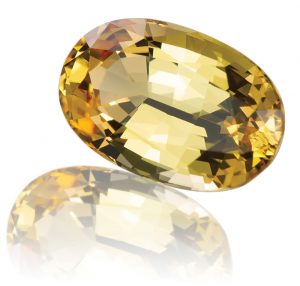
Besides being a symbol of luxury and opulence, the golden topaz was historically seen as a gemstone that could attract wealth and support good health.
Uses: Helps balance emotions. Symbolism: Love and affection.
Symbolism: Love and affection.
December: Turquoise
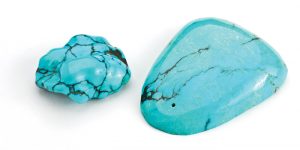
Easily identified by its distinct blue colour, turquoise had been used by kings and warriors for power and protection. It was also traditionally used as a love charm.
Uses: Relaxes the mind and wards off evil spirits.
Symbolism: Success and good fortune.







